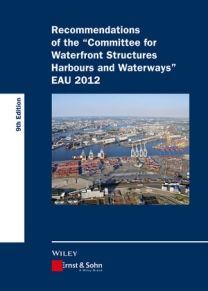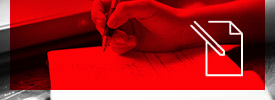About the book
The "EAU 2012" takes into account the new generation of standards, which is shortly to be introduced into the building control system; it consists of Eurocode 7, the associated national application documents and additional national regulations (DIN 1054:2010). In certain cases, partial safety factors are determined differently based on experience in practice. This means that the safety standard of sea and port buildings remains in place; the recommendations nevertheless satisfy the requirements for international recognition and application regarding the planning, design, specification, tender procedure, construction and monitoring, as well as the handover of - and cost accounting for - port and waterway systems under uniform criteria.


